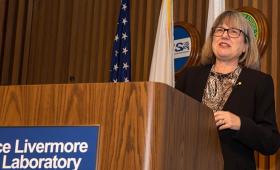A research team has developed a novel system for recording widespread brain activity,
Science and Technology
in the News
Science and Technology
in the News
News Center
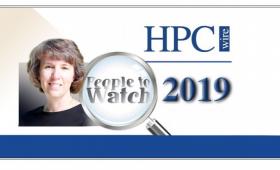
The online high-performance computing news publication HPCwire has named Lawrence Livermore’s Lori Diachin, Computation’s deputy associate director for science and technology, as one of its “People to Watch” in 2019.
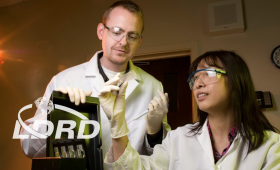
Veterinarians and agricultural inspectors can now turn to a newer, faster and less expensive biological detection system.
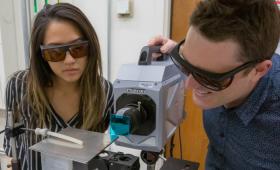
Lawrence Livermore scientists and engineers have created the first research-grade, open-architecture multibeam metal 3D printer.
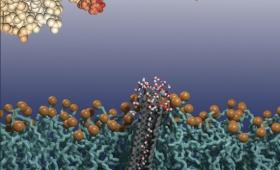
We integrate silicon nanoribbon transistor sensors with an antifouling lipid bilayer coating that contains proton-permeable carbon nanotube porin (CNTP) channels and demonstrate robust pH detection in a variety of complex biological fluids.
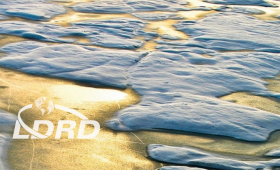
A paper in the Feb. 25 edition of the journal Nature Climate Change outlines three key climate events that signified a turning point.
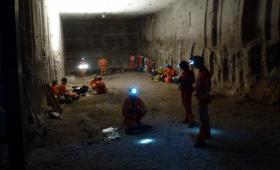
A joint project will harness existing particle physics research techniques to remotely monitor nuclear reactors.
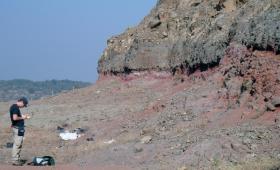
A multi-institutional team present evidence that massive volcanic eruptions in the Deccan Traps region of India contributed to the fall of the dinosaurs 66 million years ago.

Livermore scientists and engineers are combining mechanical computing with 3D printing as part of an effort to create “sentient” materials that can respond to changes in their surroundings.



